Propane Autogas: Driving Cleaner Transportation Across Ohio
Propane autogas continues demonstrating its value as a reliable, cost-effective, and environmentally friendly alternative fuel. From school buses to delivery fleets, propane autogas offers significant advantages, including lower emissions, reduced maintenance costs, and substantial fuel savings compared to diesel and gasoline. Recent data highlights key trends in propane autogas infrastructure and consumption, offering new opportunities for Ohio’s propane industry to lead the charge in clean transportation.
Trends in Propane Autogas Infrastructure and Consumption
The first graph illustrates changes in propane autogas consumption and station counts from 2018 to 2022, broken down by census regions (Source: PERC, AFDC, ICF). Across the U.S., primary autogas stations have expanded to meet growing demand in certain regions, while others show steadier trends.
In Michigan, propane autogas remains a crucial fuel, particularly in rural areas where infrastructure for electric vehicles is limited. With consistent investments in fueling stations, Michigan continues to be a leader in propane adoption for transportation.
Propane Autogas Stations vs. Sales: A National View
The second graph demonstrates how propane autogas sales have remained resilient, even as the number of secondary stations has declined. For Ohio, the availability of primary stations ensures fleets have access to reliable refueling infrastructure. Meanwhile, the upward trend in sales underscores propane’s continued relevance for medium- and heavy-duty vehicles, including school buses and delivery vans.
Why Propane Autogas Is a Smart Choice for Ohio
Ohio’s propane industry is uniquely positioned to lead the way in clean transportation thanks to propane’s numerous advantages:
- Lower Costs: Propane consistently offers significant savings compared to diesel and gasoline, both in fuel costs and maintenance expenses.
- Cleaner Emissions: Propane reduces greenhouse gas emissions and harmful pollutants, improving air quality for communities across Ohio.
- Cold-Weather Reliability: Unlike EVs, propane autogas performs reliably even in Ohio’s harsh winters, ensuring uninterrupted service for fleets and schools.
- Accessible Infrastructure: Propane stations are quick to install and affordable, making them a practical solution for rural and urban areas alike.
Ohio school districts, in particular, have seen success with propane-powered buses, benefiting from lower operational costs and reduced emissions compared to diesel buses. Local propane marketers have played a vital role in helping districts transition to propane autogas by providing fueling expertise, infrastructure support, and cost analysis.
Opportunities for Growth in Ohio
The data shows propane autogas’s enduring value in a competitive alternative fuels market. To expand adoption, Ohio’s propane marketers, fleet operators, and policymakers must work together to highlight propane’s cost efficiency, environmental benefits, and reliability.
Ohio’s rural communities, where EV infrastructure may not be viable, are particularly well-suited for propane autogas adoption. Additionally, as more fleets look for affordable ways to meet sustainability goals, propane presents a scalable, ready-to-implement solution.

Figure 1: Changes in autogas consumption and station counts across U.S. census regions from 2018 to 2022. (Source: PERC, AFDC, ICF)

Figure 2: The relationship between autogas stations and sales trends from 2018 to 2022. (Source: PERC, AFDC, ICF)

